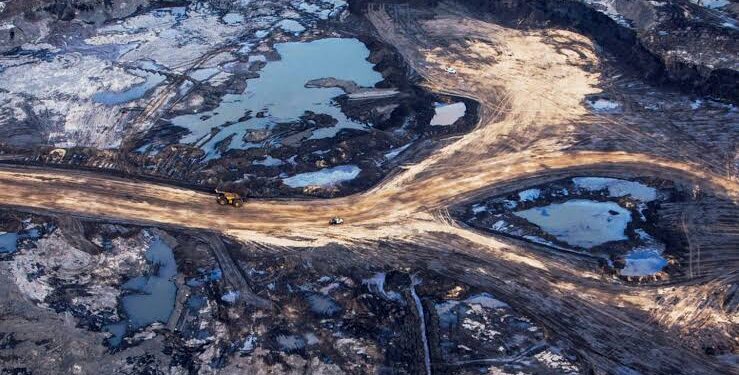Canada’s oil sands used to sit at the top of the global cost curve. A Reuters analysis puts average operating costs for core projects at 41 to 43 US dollars a barrel, cheaper than most United States shale plays. The shift is driven not by new drilling techniques but by autonomous trucks, predictive maintenance and real-time data models.
Automation’s Cost Impact
Imperial Oil’s Kearl mine operates fifty autonomous Caterpillar trucks, each hauling 400 tonnes around the clock without driver fatigue. Suncor’s Fort Hills site uses Boston Dynamics Spot robots to inspect tailings lines and leak points. Digital-twin software combines sensor data with weather feeds to adjust throughput in real time. According to Suncor, machine learning diagnostics have extended maintenance intervals and cut annual turnaround costs by 100 million Canadian dollars.
Downtime is falling, throughput is rising and variable costs are shrinking. At Kearl, Imperial reports a four per cent boost in equipment availability after deploying AI driven maintenance scheduling. Cenovus’s Christina Lake field uses drone surveys to map heat loss, saving steam and reducing gas burn. These gains push break-even levels below many shale basins.
A June 2025 estimate from Rystad Energy shows most Permian and Bakken shale plays need about 65 US dollars a barrel to break even. Western Canadian Select averaged 70 dollars in the first half of 2025, leaving a healthy spread for oil-sands operators. Lower costs give producers breathing room amid volatile prices and attract industrial-AI vendors such as Novamera and Exyn, which see the mines as reliable test beds for autonomy at scale.
Why Low Costs Matter for Investors
Automation also helps lower emissions. Precision drilling reduces steam-oil ratios, while remote control rooms cut light-vehicle traffic on fragile muskeg. Real-time leak detection limits methane venting. These improvements feed into the Pathways Alliance 2023 plan to cut sector emissions by 22 million tonnes a year by 2030, showing that climate action can occur inside legacy assets as well as new wind farms.
Signals to watch over the next 18 months include additional autonomous haul fleets, wider real-time optimisation trials and regulatory clarity on carbon-capture credits. Such credits could accelerate further digital upgrades, and other heavy sectors—mining, power and large scale farming—are likely to study the oil-sands playbook.
Automation has not solved every challenge, but it has flipped the cost narrative. Canada’s largest resource now doubles as a showcase for industrial AI. The key question is where that playbook heads next.










